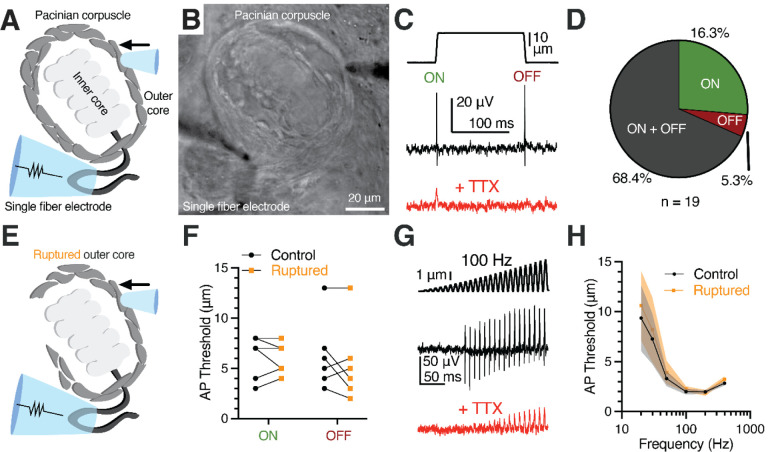Figure 3. Outer core integrity is dispensable for rapid adaptation and frequency tuning of the Pacinian corpuscle.
(A, B) Illustration (A) and bright-field image (B) of Pacinian single-fiber recording.
(C) A mechanical step stimulus (top) and a representative single-fiber recording from the Pacinian afferent (middle) with 1 μM TTX added to block APs (bottom).
(D) Proportion of Pacinian mechanoreceptors that fire an AP in the dynamic onset (ON), offset (OFF), or both ON and OFF phases.
(E) Illustration of a Pacinian corpuscle with the outer layers of OCLCs ruptured.
(F) Threshold comparison of the ON and OFF responses using the protocol in (C). Connected symbols represent paired observations from the same corpuscle. No difference between the intact (control) and ruptured outer core conditions was detected (two-way repeated measures ANOVA, p=0.2865).
(G) A 100 Hz sinusoidal-ramp mechanical stimulus applied to corpuscles (top) and an exemplar single-fiber response (middle) with 1 μM TTX added to block APs (bottom).
(H) Population tuning curve of Pacinian afferents using a sinusoidal-ramp protocol (G) to measure the threshold for AP firing at a range of frequencies (data shown as mean ± SEM, n = 7 corpuscles). No difference between the intact (control) and ruptured outer core conditions was detected (two-way repeated measures ANOVA, p=0.1163).

